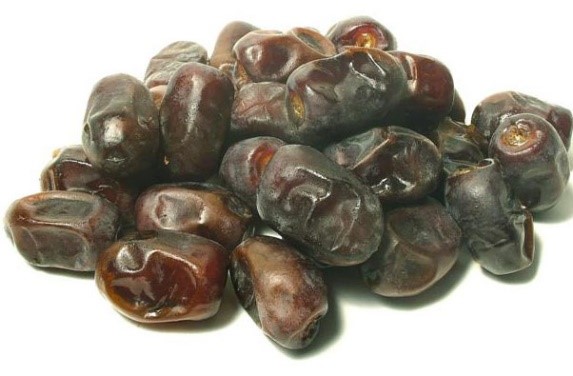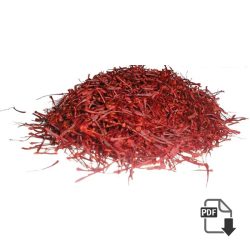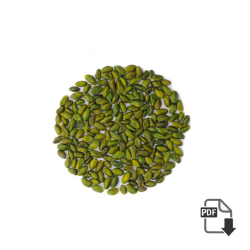Iran Pistachios ( producers , exporters & manufacturers )
Description Of Pistachios
he pistachio ( Pistacia vera) (پسته ), a member of the cashew family, is a small tree originating from Central Asia and the Middle East. The tree produces seeds that are widely consumed as food.
Pistacia vera often is confused with other species in the genus Pistacia that are also known as pistachio. These other species can be distinguished by their geographic distributions (in the wild) and their seeds which are much smaller and have a soft shell.
As of 2017, Iran (ایران) accounted for over half the world's production of pistachios.
Pistachios History
The pistachio tree is native to regions of Central Asia, including present-day Iran and Afghanistan. Archaeology shows that pistachio seeds were a common food as early as 6750 BCE. Pliny the Elder writes in his Natural History that pistacia, "well known among us", was one of the trees unique to Syria, and that the seed was introduced into Italy by the Roman Proconsul in Syria, Lucius Vitellius the Elder (in office in 35 CE) and into Hispania at the same time by Flaccus Pompeius. The early sixth-century manuscript De observatione ciborum ("On the observance of foods") by Anthimus implies that pistacia remained well known in Europe in Late Antiquity. Archaeologists have found evidence from excavations at Jarmo in northeastern Iraq for the consumption of Atlantic pistachio. The Hanging Gardens of Babylon were said to have contained pistachio trees during the reign of King Merodach-Baladan about 700 BCE.
The modern pistachio P. vera was first cultivated in Bronze Age Central Asia, where the earliest example is from Djarkutan, modern Uzbekistan. It appears in Dioscurides as pistakia πιστάκια, recognizable as P. vera by its comparison to pine nuts.
In the 19th century, the pistachio was cultivated commercially in parts of the English-speaking world, such as Australia along with New Mexico and California where it was introduced in 1854 as a garden tree.[14] In 1904 and 1905, David Fairchild of the United States Department of Agriculture introduced hardier cultivars to California collected from China, but it was not promoted as a commercial crop until 1929. Walter T. Swingle's pistachios from Syria had already fruited well at Niles, California, by 1917.
Different Kinds Of Pistachios
IDF Pistachios Manufacture
At the center of the Iran pistachio production province (Kerman), we have implemented our Manufacturing factory with a wide variety of technology and different types of machinery ranging from pistachios receiving terminal, whole production line, laser sorter, X-Ray Scanner, vacuum packing Machin, etc.
We also have a wide range of Quality Control equipment to carry out precise control on the quality of our pistachios and kernels in all the production stages; from farm to the warehouse and after that transportation and loading.
Pistachios in the Shell Grades and Standards
Roasted Pistachio and Unsalted Pistachio: These are quite suitable for individuals who are on a salt free diet. 4 stars, based on 297 reviews Available Order We can also prepare all kinds of pistachios in the following grades:
| type | amount |
|---|---|
| AAA | ~95% whole + 5% split |
| AA | ~90% whole + 10% split |
| A | ~85% whole + 15% split |
| C | ~70% whole + 30% split |
The History of the Pistachios Documents and research have shown that the origin of pistachios trees lies in the North-east of Iran. For 5000 years people have been eating pistachios. Historic records claim that the queen of Sheba herself, demanded all of the Assyrian pistachios for her court.
The Botany of the Pistachio The pistachio belongs to the Ancardiaceae family. Pistachio trees usually grow up to 8 meters tall. These trees can tolerate different extremes in temperature: up to 45°C and lower than 25°C. Pistachio trees are second (after the date palm) which can survive for long periods of time without water. Their roots reach deep into the soil to find water. Depending on the environment in which the tree is planted, a pistachio tree will start to fruit between 7 to 10 years after being planted and continue to live and fruit for about 80 to 100 years.
Container Loading Capacity for Pistachios
| Type | Packed in bags | Packed in carton |
|---|---|---|
| 20 foot container | 14 tons | 12 tons |
| 12 meter trailer | 19.5 tons | 19tons |
Pistachios Nutrition
The Nutritional Value of Pistachios 100 grams of the edible part of a pistachio contains about 600 calories and is 53% fat, 21% protein, 18% carbohydrates, 2.2% fiber, and no cholesterol.
Per 100g of edible protein:
| type | amount |
|---|---|
| Potassiumm | 1.020 g |
| Magnesium | 158 mg |
| Calcium | 136 mg |
| Iron | 7300 mg |
| Selenium | 0.450 mg |
| Nickel | 0.080 mg |
| Vitamin C | 7.000 mg |
| Vitamin E | 5.200 mg |
| Nicotinamide | 1.450 mg |
| Vitamin B1 | 0.690 mg |
| Vitamin B2 | 0.200 mg |
| Carotene | 0.150 mg |
| Folic Acid | 0.058 mg |
Pistachio global export The statistics of Iranian pistachio exports, according to the Customs Organization of Iran, are shown below (values are in thousands of dollars):
Note: Statistics are from March of each year. According to FAO statistics (2004), Iran is the number one exporter of pistachios in recent years and Iranian pistachios exported to many countries.
This graph is based on FAO statistics, shows the percentage of Iranian pistachio exports in the global market.

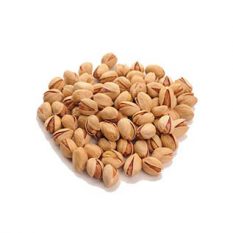
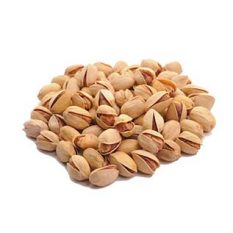

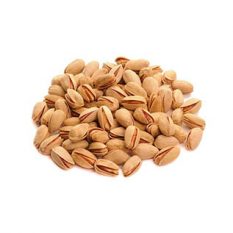




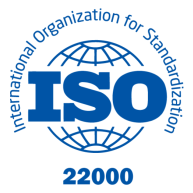
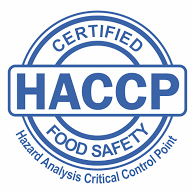
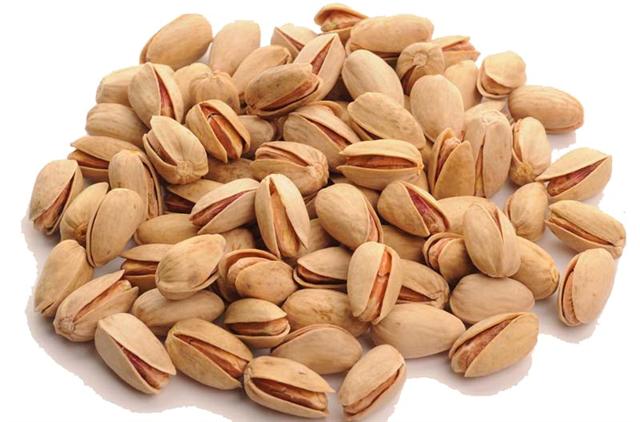
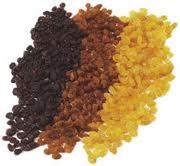 3 kind raisin
3 kind raisin 